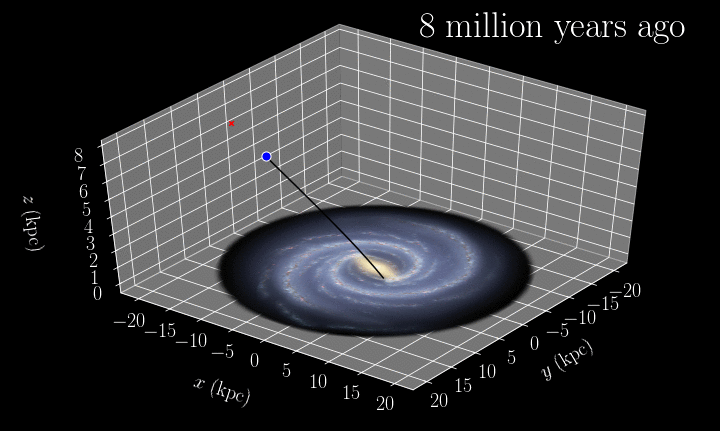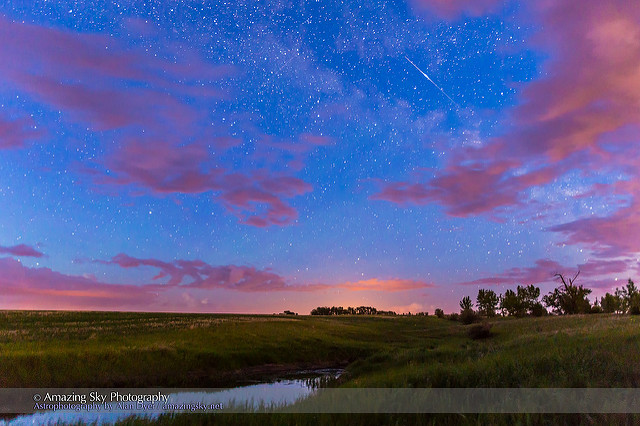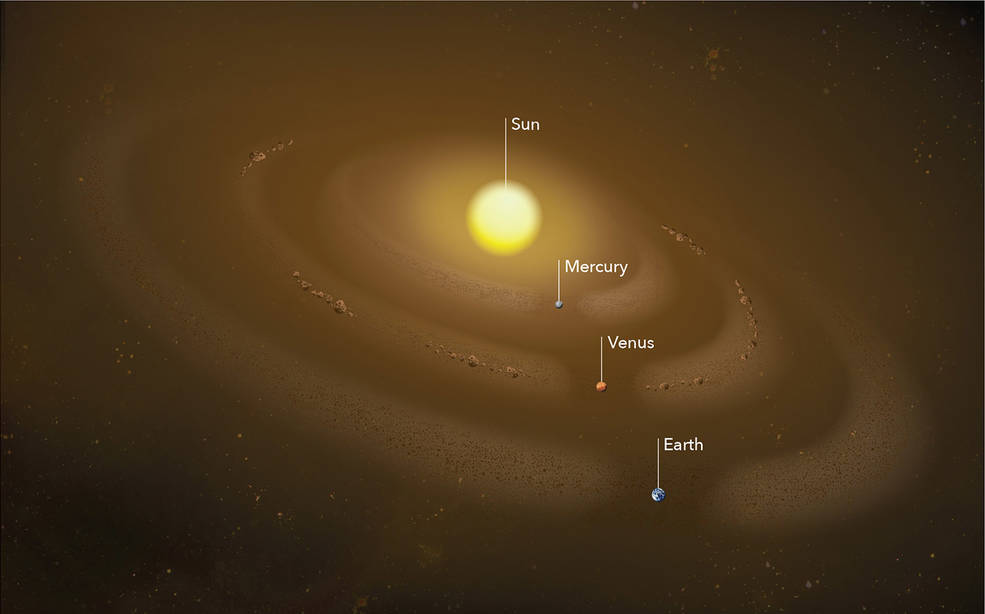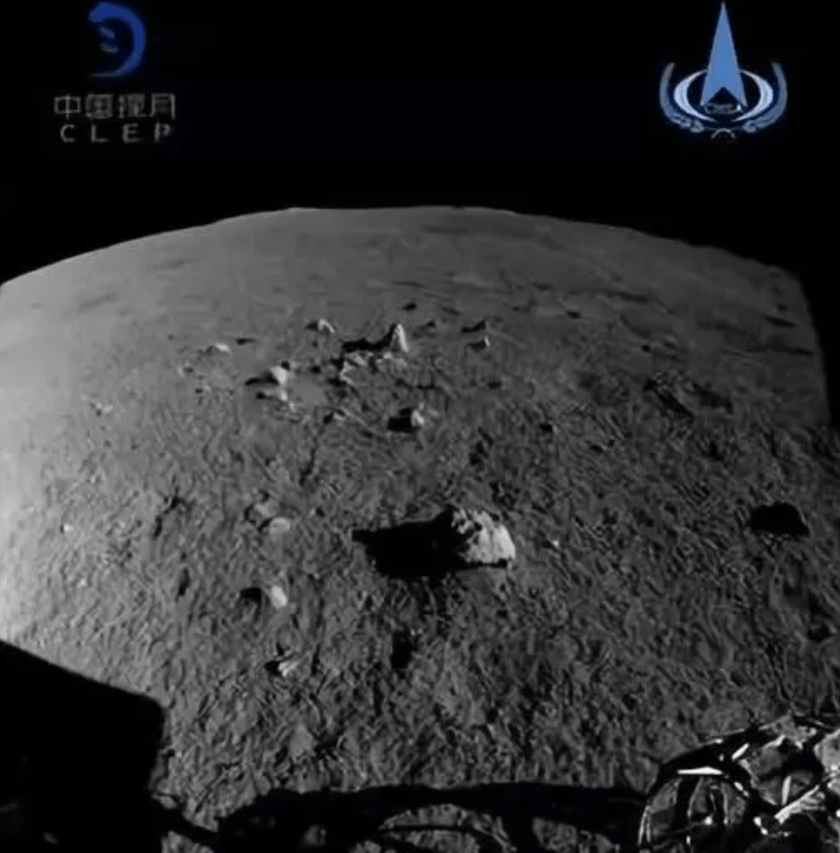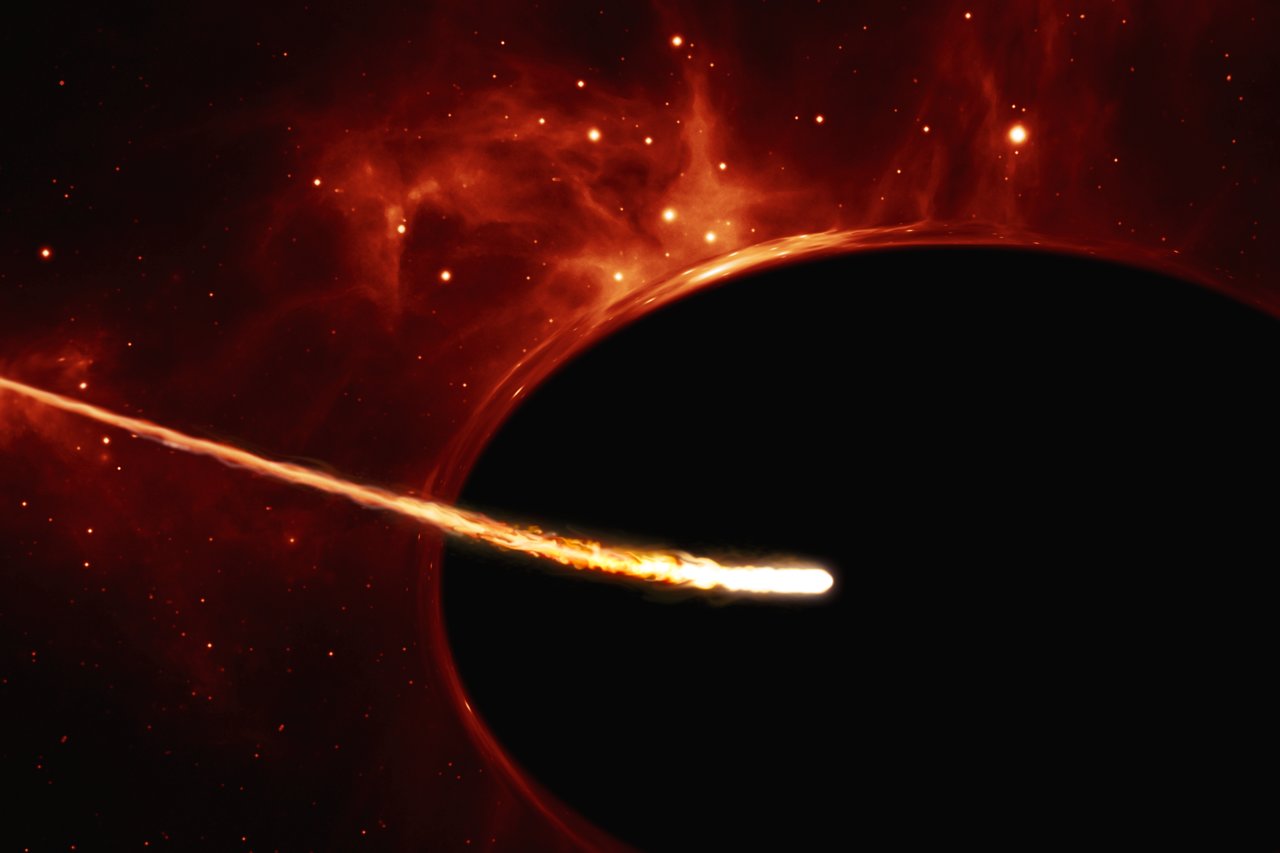Every once in a while, the Milky Way ejects a star. The evicted star is typically ejected from the chaotic area at the center of the galaxy, where our Super Massive Black Hole (SMBH) lives. But at least one of them was ejected from the comparatively calm galactic disk, a discovery that has astronomers rethinking this whole star ejection phenomenon.
Continue reading “This Star has been Kicked Out of the Milky Way. It Knows What It Did.”This Star has been Kicked Out of the Milky Way. It Knows What It Did.
